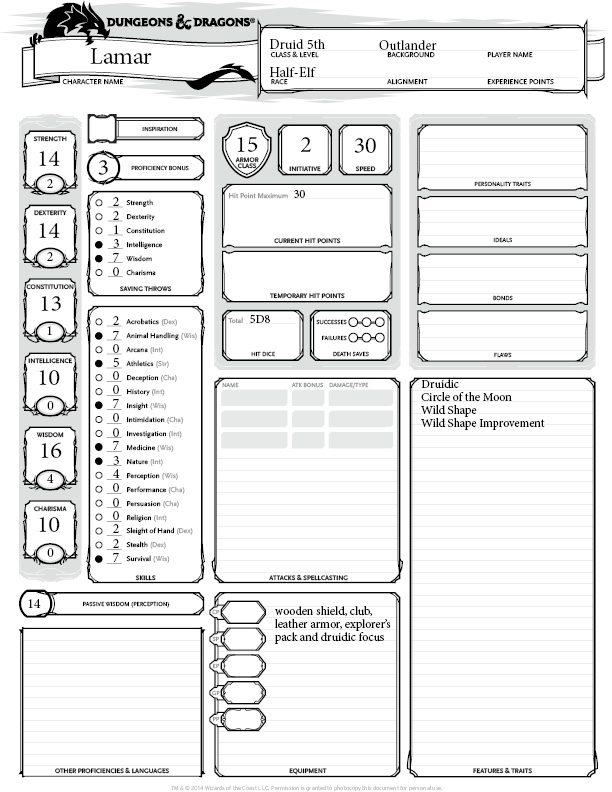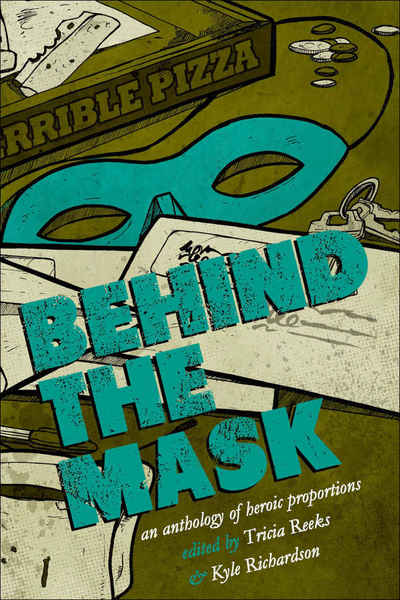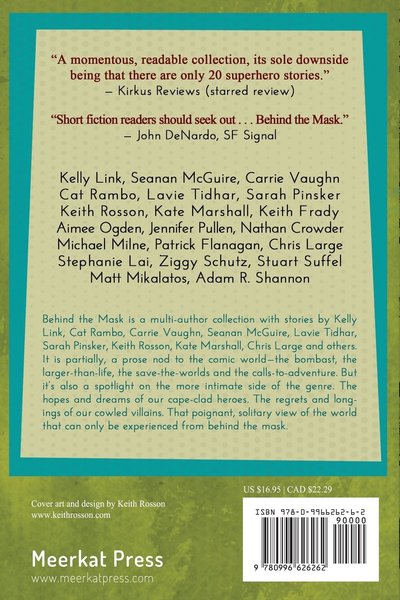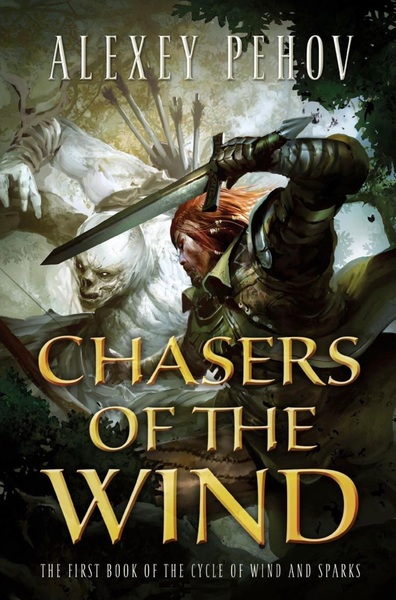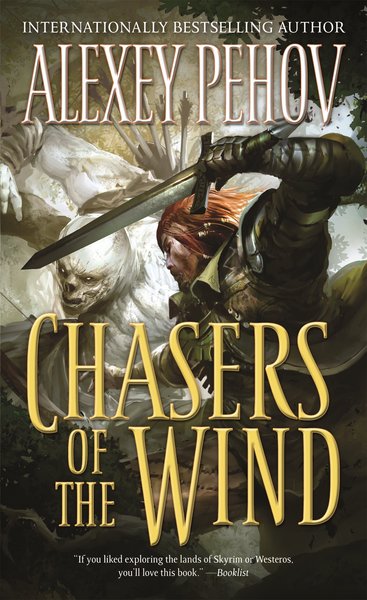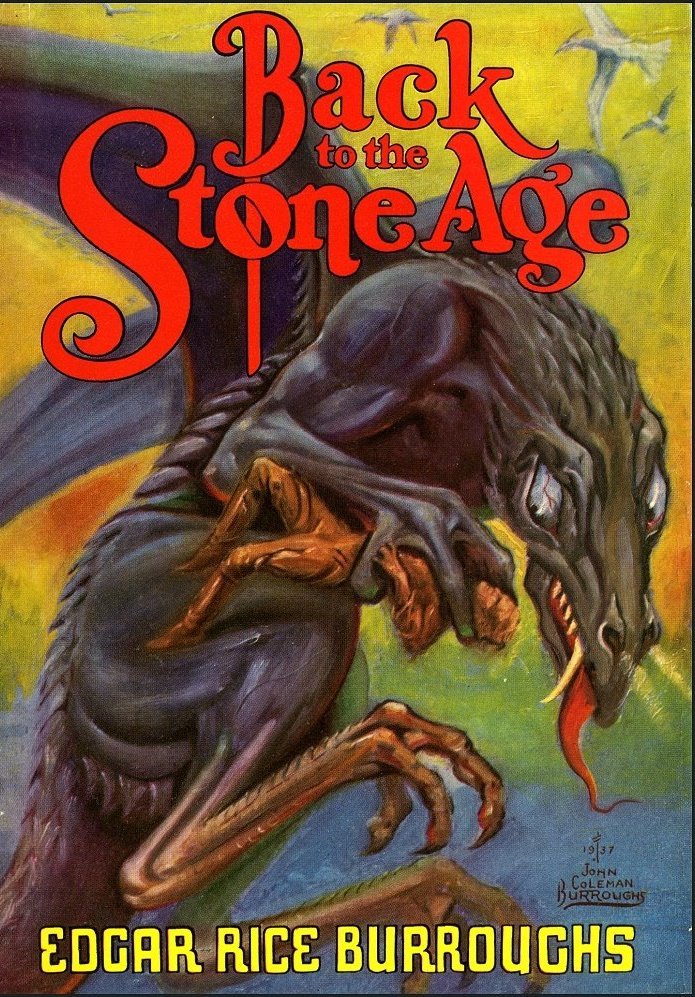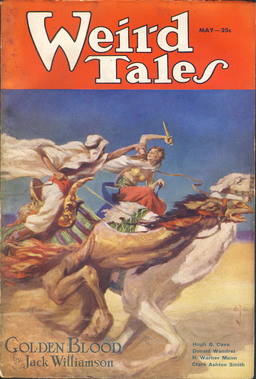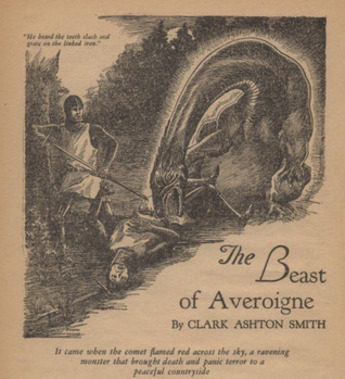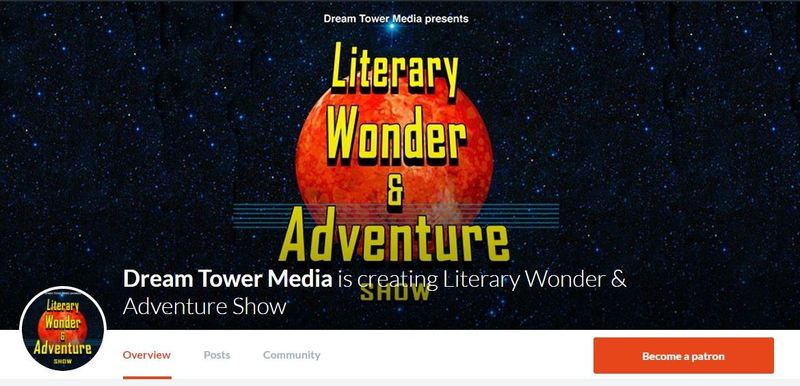Future Treasures: A Gathering of Ravens by Scott Oden
 |
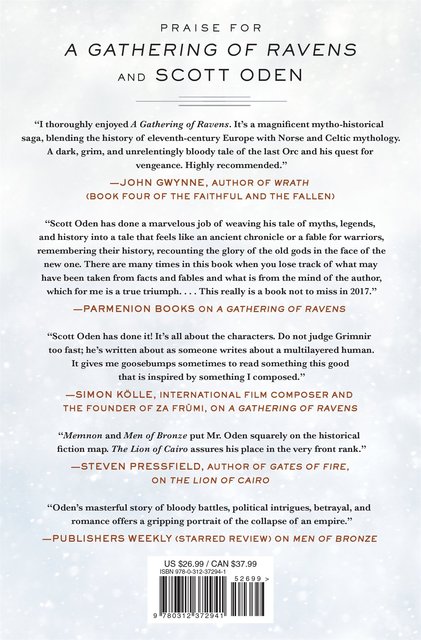 |
Scott Oden is the author of two celebrated historical novels, Men of Bronze (2005) and Memnon (2006), and the historical fantasy The Lion of Cairo (2010). His first novel in seven years is the ambitious historical fantasy A Gathering of Ravens, which author John Gwynne (The Faithful and the Fallen) calls “A magnificent mytho-historical saga, blending the history of 11th century Europe with Norse and Celtic mythology. A dark, grim and unrelentingly bloody tale of the last Orc and his quest for vengeance.” It arrives in hardcover from Thomas Dunne Press later this month.
To the Danes, he is skraelingr; to the English, he is orcnéas; to the Irish, he is fomoraig. He is Corpse-maker and Life-quencher, the Bringer of Night, the Son of the Wolf and Brother of the Serpent. He is Grimnir, and he is the last of his kind ― the last in a long line of monsters who have plagued humanity since the Elder Days.
Drawn from his lair by a thirst for vengeance against the Dane who slew his brother, Grimnir emerges into a world that’s changed. A new faith has arisen. The Old Ways are dying, and their followers retreating into the shadows; even still, Grimnir’s vengeance cannot be denied.
Taking a young Christian hostage to be his guide, Grimnir embarks on a journey that takes him from the hinterlands of Denmark, where the wisdom of the ancient dwarves has given way to madness, to the war-torn heart of southern England, where the spirits of the land make violence on one another. And thence to the green shores of Ireland and the Viking stronghold of Dubhlinn, where his enemy awaits.
But, unless Grimnir can set aside his hatreds, his dream of retribution will come to nothing. For Dubhlinn is set to be the site of a reckoning ― the Old Ways versus the New ― and Grimnir, the last of his kind left to plague mankind, must choose: stand with the Christian King of Ireland and see his vengeance done or stand against him and see it slip away?
Scott Oden’s A Gathering of Ravens is an epic novel of vengeance, faith, and the power of myth.
A Gathering of Ravens will be published by Thomas Dunne Books on June 20, 2017. It is 326 pages, priced at $27.99 in hardcover and $14.99 for the digital edition. The cover is by James Iacobelli. Read an excerpt here.
